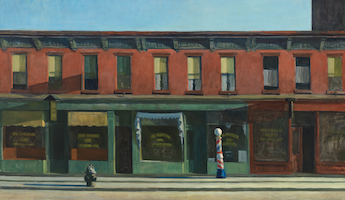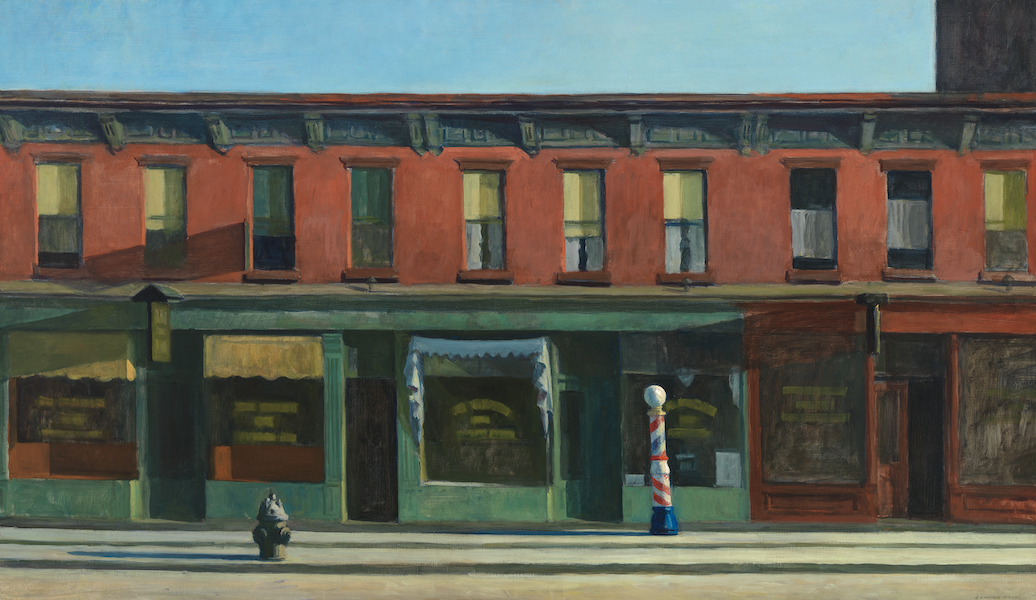
NEW YORK — Through March 5, 2023, the Whitney Museum of American Art will present Edward Hopper’s New York, an exhibit focused on the artist’s relationship with the famed metropolis.
For Edward Hopper, New York was a city that existed in the mind as well as on the map, a place that took shape through lived experience, memory and the collective imagination. It was, he reflected late in life, “the American city that I know best and like most.”
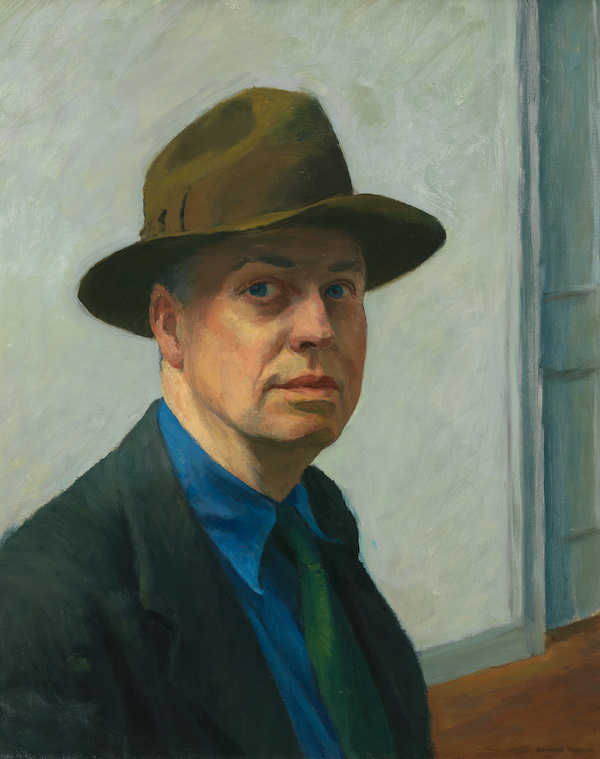
The city of New York was Hopper’s home for nearly six decades (1908–67), a period that spans his entire mature career. Hopper’s New York was not an exacting portrait of the 20th-century metropolis. During his lifetime, the city underwent tremendous development — skyscrapers reached record-breaking heights, construction sites roared across the five boroughs, and an increasingly diverse population boomed — yet his depictions of New York remained human-scale and largely unpopulated.
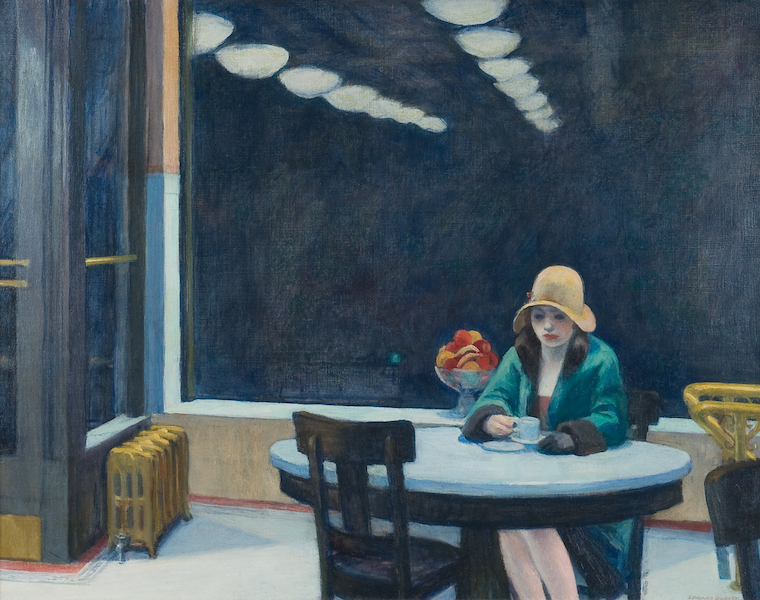
Edward Hopper, ‘Automat,’ 1927. Oil on canvas, 28 1/8 by 35in. (71.4 by 88.9cm). Des Moines Art Center; purchased with funds from the Edmundson Art Foundation, Inc. © 2022 Heirs of Josephine N. Hopper / Licensed by Artists Rights Society (ARS), New York. Photograph by Rich Sanders
Eschewing the city’s iconic skyline and picturesque landmarks, such as the Brooklyn Bridge and the Empire State Building, Hopper instead turned his attention to its unsung utilitarian structures and out-of-the-way corners, drawn to the awkward collisions of new and old, civic and residential, public and private that captured the paradoxes of the changing city. Edward Hopper’s New York charts the artist’s enduring fascination with the city, revealing a vision of New York that is as much a manifestation of Hopper himself as it is a record of the city around him.
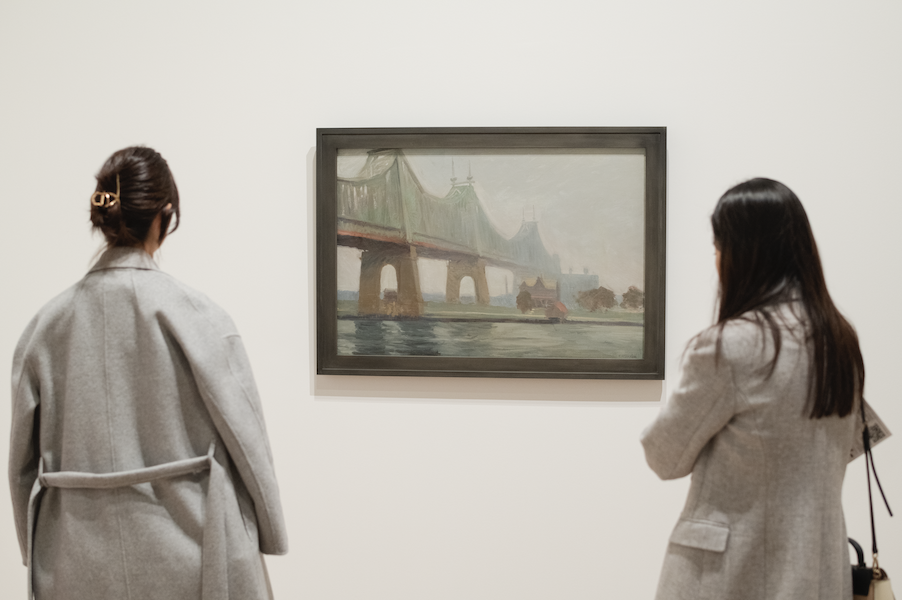
Edward Hopper’s New York takes a comprehensive look at Hopper’s life and work, from his early impressions of New York in sketches, prints and illustrations, to his late paintings, in which the city served as a backdrop for his evocative distillations of urban experience.
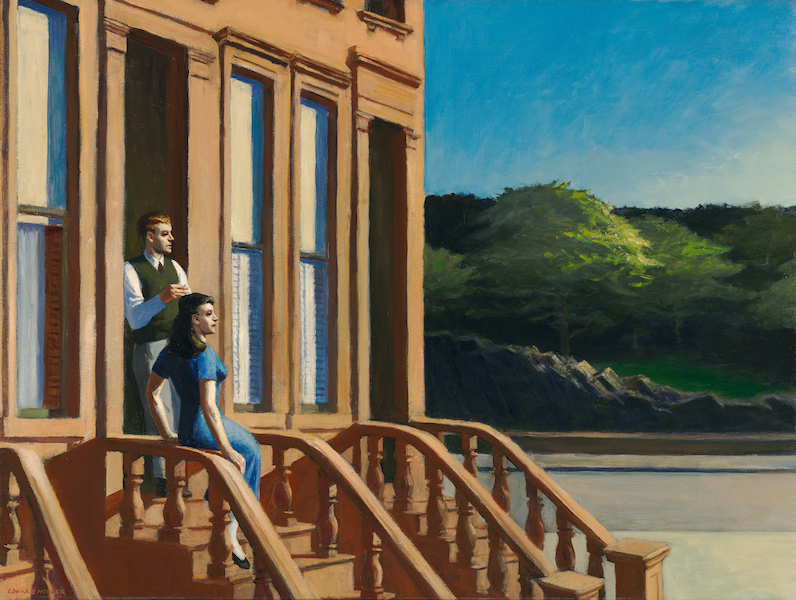
Drawing from the Whitney’s extensive holdings and amplified by key loans, the exhibition brings together many of Hopper’s iconic city pictures as well as several lesser-known yet critically important examples. The presentation is significantly informed by a variety of materials from the museum’s recently acquired Sanborn Hopper Archive — printed ephemera, correspondence, photographs and journals that together inspire new insights into Hopper’s life in the city. By exploring the artist’s work through the lens of New York, the exhibition offers a fresh take on this formidable figure and considers the city itself as a lead actor.
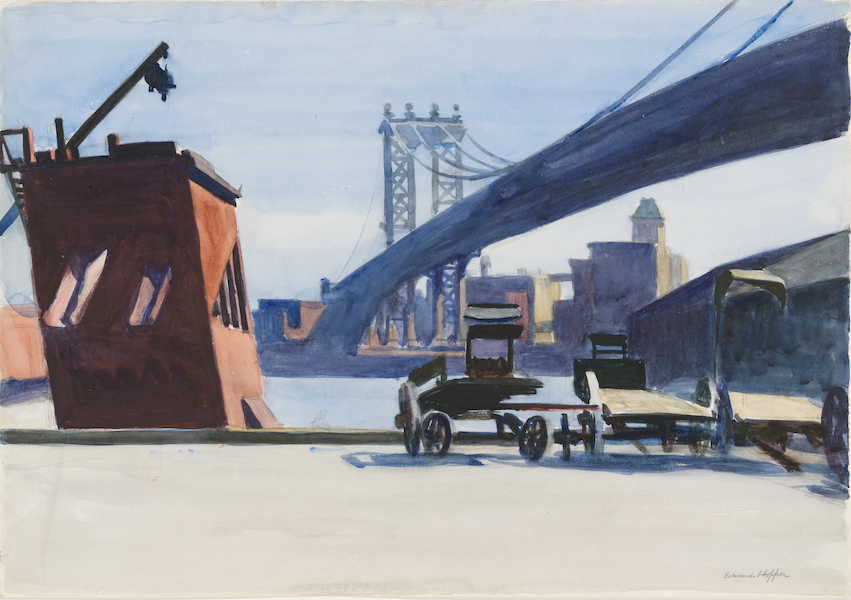
This exhibition is organized by Kim Conaty, Steven and Ann Ames curator of drawings and prints, with Melinda Lang, senior curatorial assistant.
Visit the website of the Whitney Museum of American Art and see its dedicated page for Edward Hopper’s New York.


